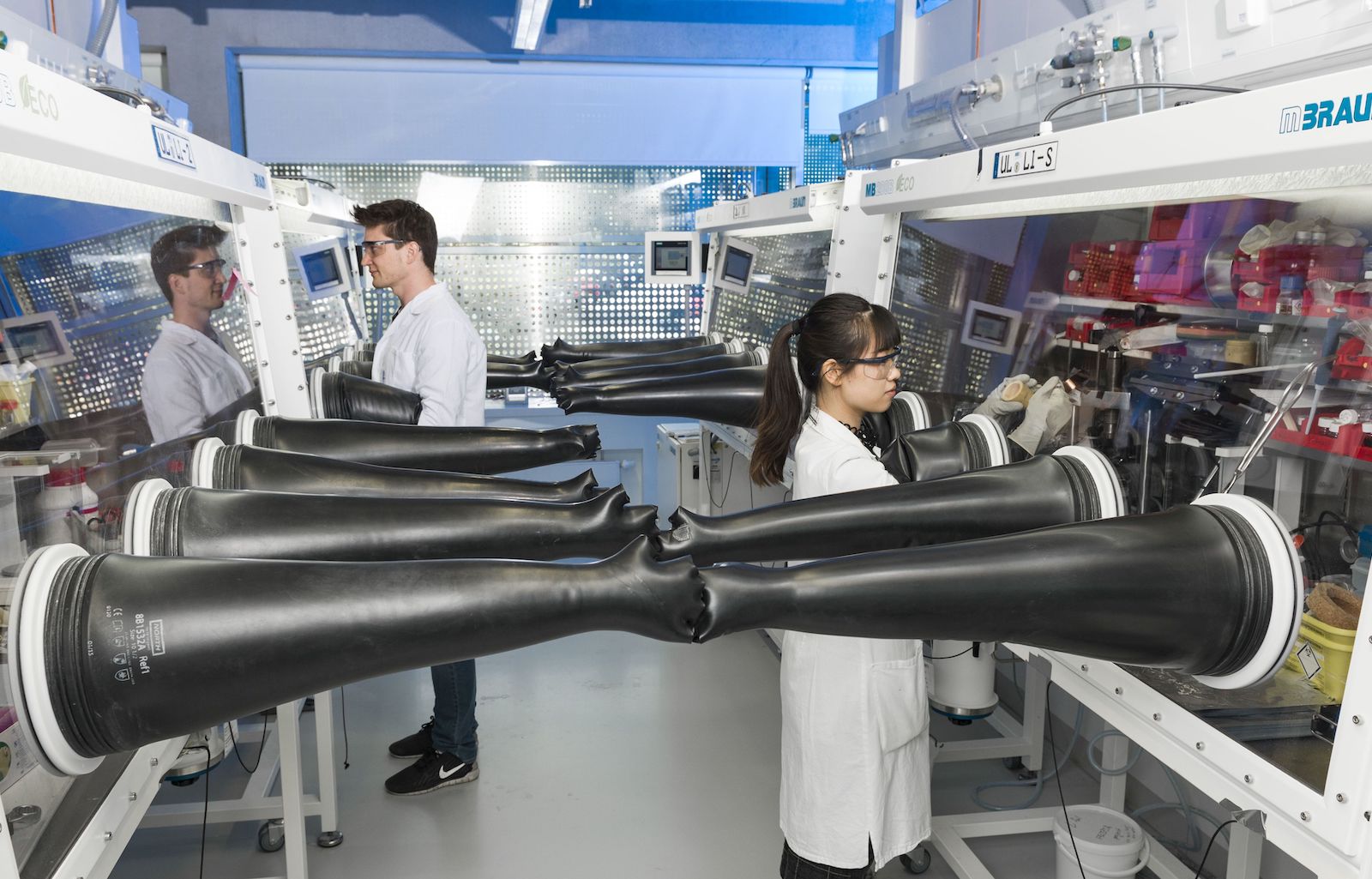
Under the “Horizon 2020” program, the European Commission is funding new research and innovation projects that will strive to create and consolidate science-to-technology breakthroughs, establish multidisciplinary research communities, and help establish innovation around them. Among these is the European Magnesium Interactive Battery Community (E-MAGIC) project, which is receiving EUR 6.5 million in order to pool the relevant activities of various European science institutions for the development of rechargeable magnesium battery (RMB) technology.
Karlsruhe Institute of Technology (KIT) and cooperation partners are heading the E-MAGIC project, which will pool together all the steps required for the development of magnesium batteries, from fundamental research to cell production processes. In cooperation with Ulm University and associated partners, KIT established Helmholtz Institute Ulm (HIU) for the investigation and development of electrochemical battery concepts. Researchers of HIU will work on understanding the obstacles and challenges on the level of materials and on designing new solutions for current problems, with the aim of realizing a rational design of high voltage/high capacity cathode materials and novel electrolytes in order to deliver a safe RMB with more 400 Wh kg-1 and less than 100 €/Kwh.
Current lithium-ion batteries technologies face severe challenges in terms of safety, energy density, and price. While most of today’s R&D is concentrated on lithium-ion systems, the industry is seeing a shift towards non-lithium rechargeable batteries, which may open up effective ways to overcome such challenges. Compared to lithium-ion batteries, magnesium batteries have many advantages. When using magnesium as an anode material, the energy density in the battery is increased and safety is enhanced. “Magnesium is a very promising material and one of the most important candidates for our post-lithium strategy,” says Prof. Maximilian Fichtner, deputy director of the HIU. “Wide availability of magnesium batteries might push electrification of mobility and increasing use of decentralized home storage systems.”
One of the focuses of the project will be to work on understanding the obstacles and challenges on the level of materials and on designing new solutions for current problems. “As regards magnesium batteries, the biggest challenge consists in a long service life,” says Dr. Zhirong Zhao-Karger, who coordinates project-related activities of the solid state chemistry group of the HIU.
Yet, the new battery material has numerous positive properties that can be used. For example, no dendrites are formed at the magnesium anodes. When using lithium-ion batteries, such electrochemical deposits on the electrodes may form needle-shaped structures and cause damage or even short circuits. “In the case of magnesium, there are no such processes, said Zhao-Karger. “Hence, we can apply magnesium in metallic form and directly use the high storage capacity of the metal. This enhances the performance of the battery.”
Apart from the higher safety and energy density, use of magnesium technology for battery production might help reduce the dependence on lithium as a raw material. Compared to lithium, magnesium availability on earth is higher by a factor of 3,000. Moreover, it can be recycled more easily. Consequently, magnesium batteries would be cheaper than lithium-ion batteries. According to KIT, magnesium batteries might also help reduce the dominance of Asian manufacturers of battery cells and establish competitive battery production in Europe.
